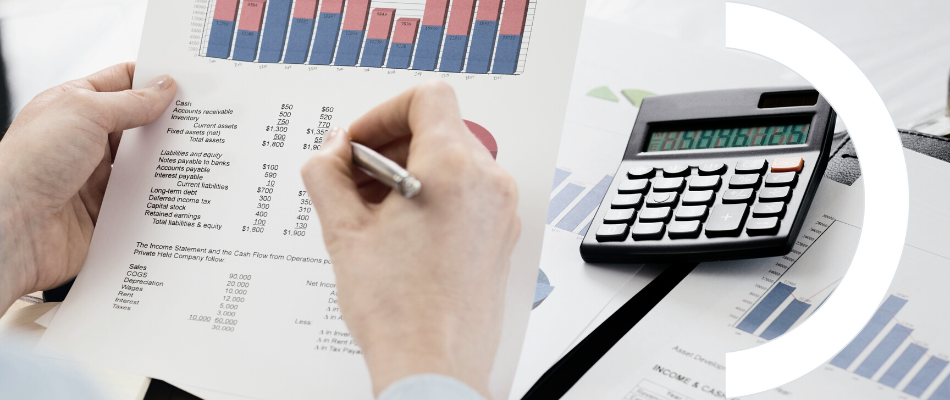The concept of derivatives started in the farming industry as a way for farmers to manage their risk. As the investment industry has grown more complicated over the last few decades, many investors have started to incorporate various derivatives into their portfolios as a way to manage risk, as well as enhance their returns. In this article, we will look not only at what derivatives are, but also at how they are used and what to consider when using them.
What is a derivative?
The derivative itself is a contract between two or more parties based upon an asset or various assets. This contract, known as the derivative, is therefore a security with its own price that is dependent upon or derived from one or more such underlying assets and its value is influenced by fluctuations in the underlying asset. The most common underlying assets include stocks, bonds, commodities, currencies and market indexes. It is important to note that the investor only owns the contract, but not necessarily the underlying asset. Derivatives can be traded on an exchange or over-the-counter.
By owning this derivative, the investor effectively owns a contractual right that is underwritten by the other party known as the “counterparty”. Most counterparties of derivatives are investment brokers or investment banks, but it can also be another party that agrees to certain terms in the contract. The counterparty has the obligation to fulfil the terms of the contract if the predetermined events, as is stipulated in the contract, take place.
Let us consider an example to help us better understand some of these concepts. You own 10 shares in company ABC that are currently trading at R100, and that you bought for R80 a share. You have noted that there are some regulatory uncertainties that may negatively affect the price of this company and effectively the share. You approach a broker to buy a put option that will give you the right to sell those 10 shares at R90 at or before a predetermined time. You paid R20 for this contract.
Let us now further imagen then the regulators ruled against company ABC and as a result the share price dropped to R70 a share. You can now sell your 10 shares to the broker for R90 a share, rather than R70 should you want to have sold it in the market. You made a profit of R80 ([(R90-R80) x 10 shares]) minus the R20 premium paid for the put contract) by selling the shares to the broker. Should you not have bought the put contract you would have made a loss of R100 ((R80 – R70) x 10 shares) should you have sold the shares in the market.
This contract therefore successfully helped you to hedge the risk you were exposed to by owning shares in a company that were, on its turn, exposed to a regulatory risk. The derivative was not the shares you owned in company ABC, but the contract you owned giving you the right to sell shares at a predetermined price.
This example is only one of many types of derivatives. We get different types of derivatives that have different underlying assets, risks and term structure. Some commonly used derivative structures include:
- Contract for differences (CFDs)
- Forwards
- Futures
- Options
- Swaps
What are the pros and cons of derivatives?
There are advantages and risks associated with derivative trading. As shown in our example, derivatives can be used to manage risk and can help a company or investor achieve financial goals, whether it’s hedging against commodity price fluctuations or leveraging positions. Derivatives can also be used to lock in prices and help to diversify a portfolio.
On the other hand, there is also risk involved with derivative trading and some types of derivatives are riskier than others, particularly those traded over the counter. Considering that derivative contracts are derived from the price fluctuation of the underlying investment, the derivative is just as volatile as the underlying asset. Derivatives that provide leverage will increase your exposure to a position and therefore also your risk. Be sure to weigh these pros and cons carefully and ensure that you understand the terms of the contract very clearly before ever purchasing a derivative.
By and large, derivatives markets are significantly important and form an integral part of modern finance. Even if you don’t directly make use of derivatives it is important to understand where they fit into the investment world.






